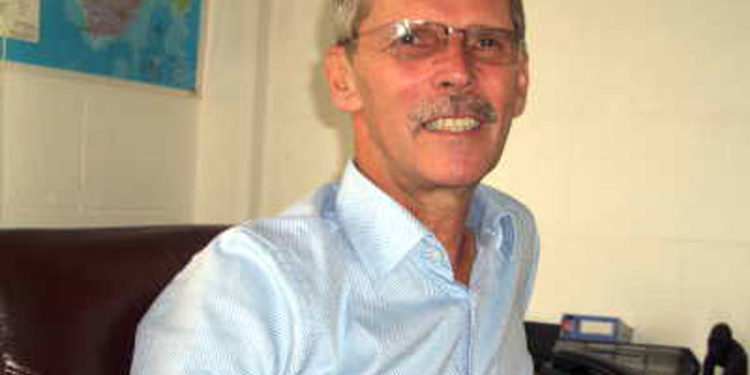By Dr. Ian Clarke
Recently a man died after he had run 10 kilometre, leading people to ask if he died because of the physical exertion.
Strenuous exertion can precipitate chest pain (angina), caused by insufficient oxygen supply to the heart under the increased demands of the physical activity, but when the person rests, the pain goes away. Angina is a warning sign that the coronary arteries are not in good shape. In this case the gentleman developed chest pain after the run and subsequently died, so it is hard to say if the physical exertion was a contributing factor. But in general exercise is good for the heart. The term, heart attack, is often used loosely for any sudden death and is sometimes confused with other types of blood clot, but a heart attack is specifically related to the poor state of a person’s coronary arteries which deteriorate over a number of years.
The scientific term for a heart attack is myocardial infarction, in which part of the heart muscle dies due to the blood supply being cut off. This is different from a blood clot that breaks off from a vein (usually in the leg) and blocks the small veins of the lungs causing a clot to the lung (pulmonary embolus). Both a heart attack and a pulmonary embolus can result in sudden death and are due to clots, but they have very different causes. The origins of a heart attack start years before the actual event. The heart is a huge muscle which must keep pumping the blood around the body without stopping from birth to death, so if the blood vessels supplying the heart become narrowed, the blood supply becomes compromised, and a heart attack is more likely. The heart is incredibly efficient to run for so many years without stopping, as any of us who own a generator must know. If a generator is left running for more than twenty-four hours it usually breaks down, so compared to man-made machines the heart is a miracle. However, since it is made up of muscle, it needs a lot of oxygen supplied through the coronary arteries. If these arteries block, the oxygen supply is cut off and the muscle dies.
If a person has Type Two Diabetes with a high level of sugar, plus high cholesterol and high blood pressure, the lining of the vessels becomes inflamed. This causes fatty material to stick to the lining as plaques. These atheromatous plaques disturb the haemodynamics of the blood flow causing the blood to clot. It is like the galvanised pipes in a plumbing system which get furred and gradually block off the water. The whole process may take years, but when the blood clot finally forms, the blood flow is shut off, and the heart attack occurs.
People survive heart attacks when the area of the heart involved is not critical, in which case the heart keeps pumping. The classic symptom of a heart attack is chest pain that feels like a heavy weight, sometimes with pain down the left arm. If the patient gets to a medical facility, he can be given a lytic injection that dissolves the clot. He can then have a cardiac angiogram carried out to identify the blockage and a stent inserted. If the coronary arteries have multiple blockages, he may need coronary artery by-pass surgery, in which a vessel is taken from the leg and used to by-pass the blocked coronary arteries.
A blood clot to the lung is very different but can also result in sudden death. In this case the patient will previously have suffered a blood clot, usually in the leg (DVT), but it could also be in the pelvis or even the arm. A DVT can occur when people fly, during pregnancy, or after a surgical operation, which is why hospitals use surgical stockings on patients after an operation. A DVT can occasionally occur when a person has a fracture, and a cast is applied. If the deep venous thrombosis is not detected and treated, part of the clot may break off and be carried to the lungs, cutting off oxygen and causing sudden death.
Both a heart attack and a clot to the lung can be prevented if we address the predisposing conditions. In the case of a heart attack, if we regulate our diet to avoid too much sugar and fats, regulate our blood pressure, do not smoke, and take regular exercise, we will reduce our chances of developing a clot. In the case of a clot to the lung, the DVT must first be detected and the patient put on anti-coagulants, which will dissolve the clot and prevent it going to the lungs.
Do you have a story in your community or an opinion to share with us: Email us at editorial@watchdoguganda.com














